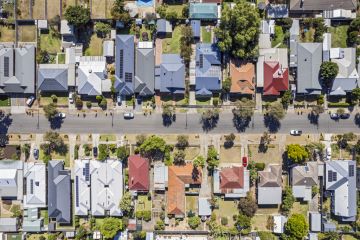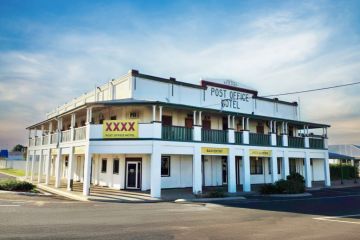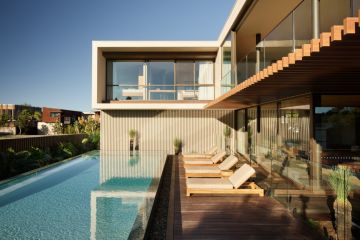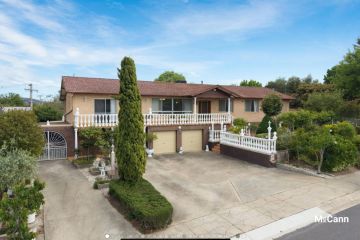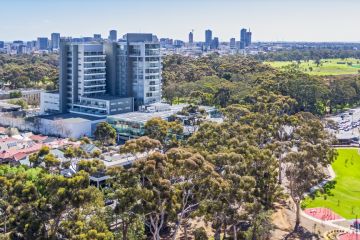Battle against development of woodland continues with application for adjacent land
An environmental group fears a proposal to develop a patch of land in Watson will undermine the biodiversity of an adjoining woodland park they fought to save more than a decade ago.
Morris Property Group, in conjunction with Territory and Municipal Services, has lodged a development application for a 110-unit residential complex on a block of land next to Justice Robert Hope Park, which was saved from urban development in 2002.
The application, which caps the complex at two storeys, also outlines the extension of Negus Crescent to Antill Street and the construction of stormwater pipeline works in the 18-hectare park.
It’s the stormwater system that has Watson Woodlands Working Group convener Richard Larson most worried.
According to the development application, stormwater management will be achieved by “directing flows to an existing pond in Justice Robert Hope Park”.
Meanwhile, “natural overland flow” in the centre of the development site will be used to create a “dry creek bed overland flow, maintaining existing site levels and rejuvenating existing trees”.
Mr Larson said he feared the proposed flow of stormwater into the park’s retention basin could undermine the pond’s biodiversity, including as a breeding ground for frogs.
“It’s frog breeding habitat and in very good condition, a good quality little basin that’s been planted out by conservation volunteers in 2007,” he said.
“To us, it has a lot of biodiversity value. To an engineer…all they’re interested in is stormwater solutions.”
Mr Larson also feared a decent downpour could cause the basin to overflow, with water flooding a nearby bike path.
Instead, he will suggest the pipeline is moved straight into the dry creek bed or swale, a drainage trail designed to manage run-off and filter pollutants.
“If they put it [the pipeline] in the retention basis it’s got to overflow…the basin isn’t constructed to hold that sort of volume,” he said.
“It will be making a mess of our retention basin, and then will flow into the swale anyway.”
Mr Larson said another serious issue was the removal of trees from the area.
The 3000 square-metre site set for development contains the same yellow box/Blakely’s red gum grassy woodland as within the park, considered an important biodiversity site by environmental experts and land care groups.
The development application has revised the number of trees earmarked for removal from 43 mature trees down to 29.
The trees flagged for removal will make way for the Negus Crescent extension rather than the construction of multi-unit sites, according to the application.
“Key trees throughout the estate will be retained to maintain ecological movement corridors and create a natural sense of place in proposed multi-unit developments…and could be features of future multi-residential development,” according to the development application.
Overall, Mr Larson said he was “disappointed” with the development plan.
“I would have liked that parcel of woodland saved. We knew all along it was going to go. It was zoned to go. The government always wanted it to go so it is going.”
A Territory and Municipal Services spokesman said the development application had been referred to the directorate for endorsement and the working group’s concerns had been noted.
“TAMS will assess it to ensure the proposed work is undertaken in a sensitive manner. This will include the normal review of all aspects of the design and delivery of the project,” he said.
Staff would provide advice back to the ACT Planning and Land Authority for consideration.
An ACT Environment and Planning spokeswoman said the development application would remain accessible online and open for community feedback until January 18.
To view the application:visit www.planning.act.gov.au
We recommend
States
Capital Cities
Capital Cities - Rentals
Popular Areas
Allhomes
More
